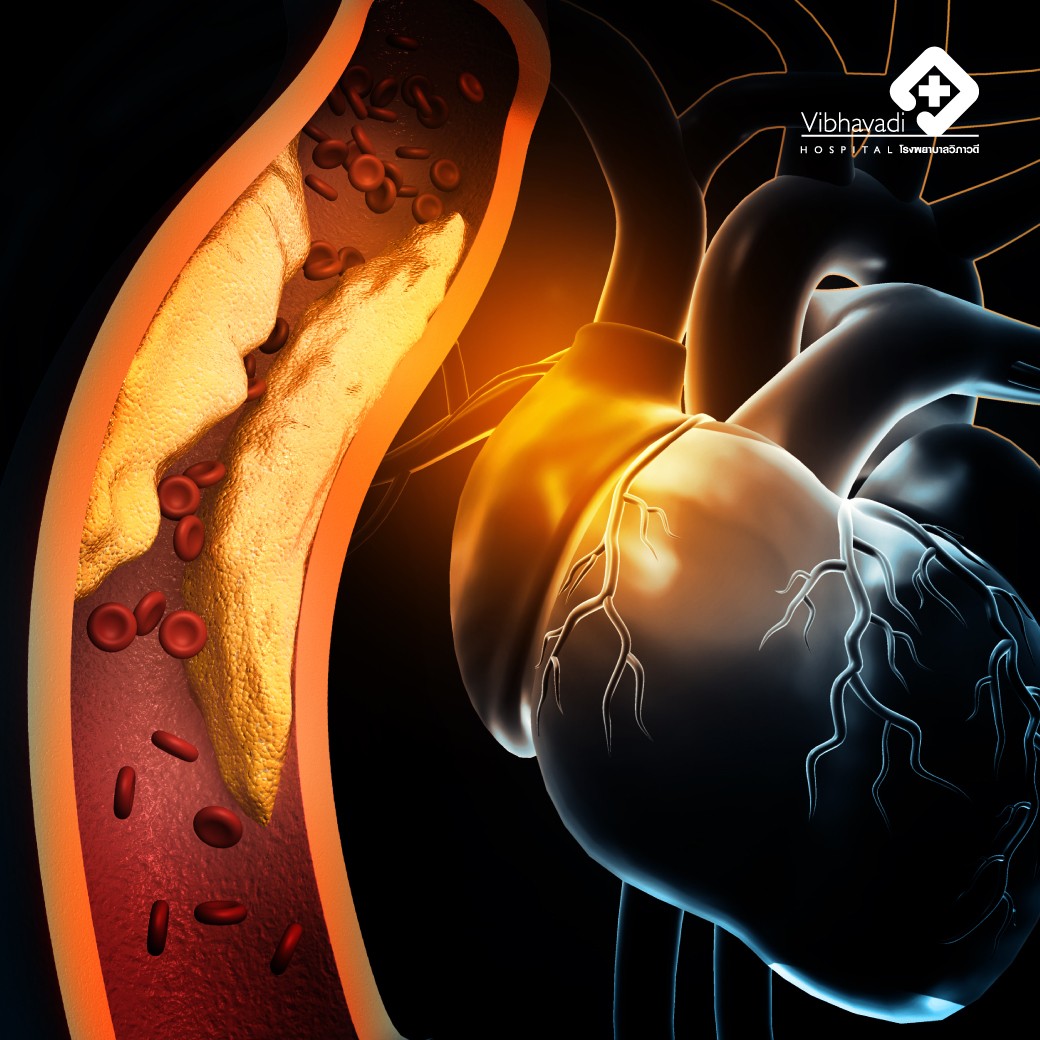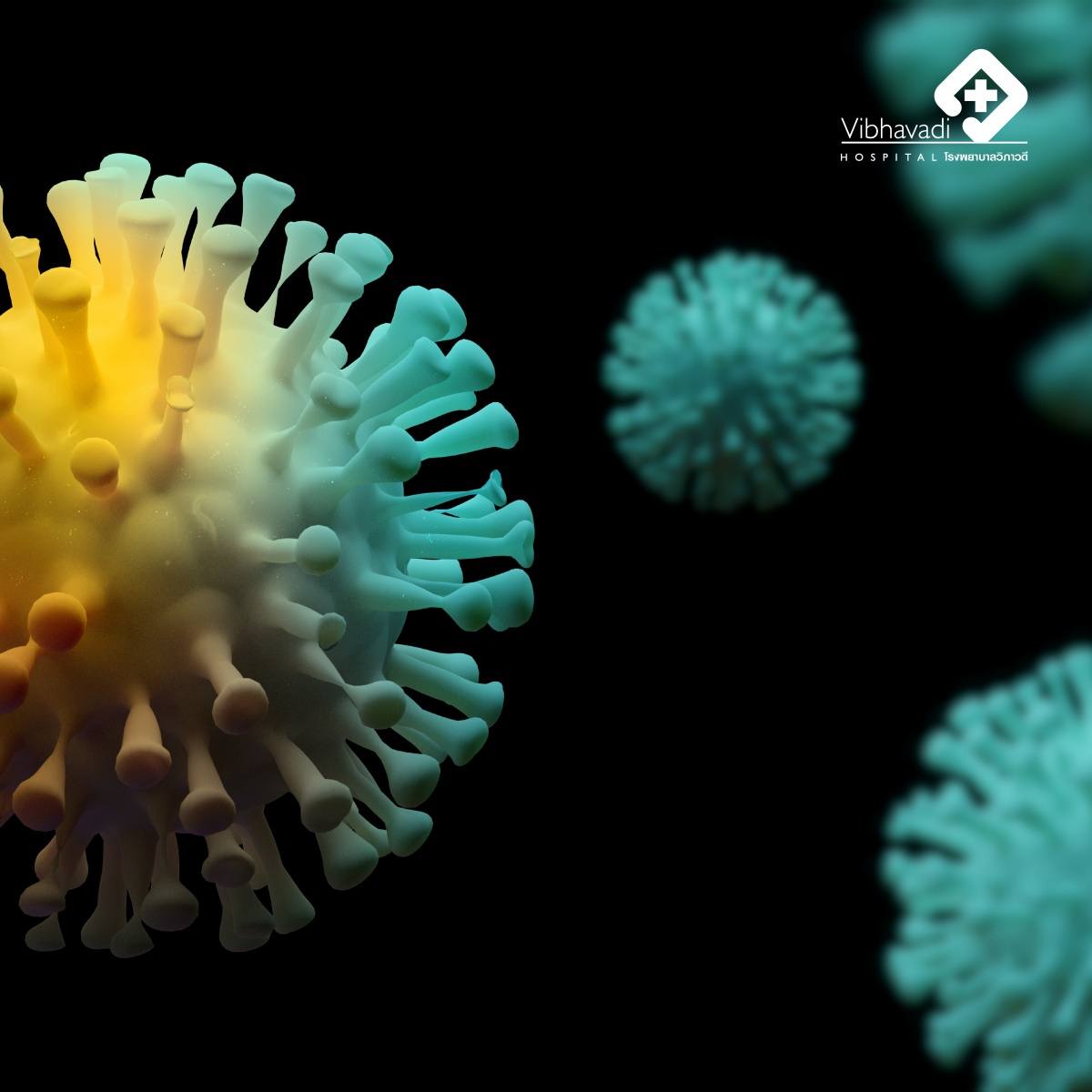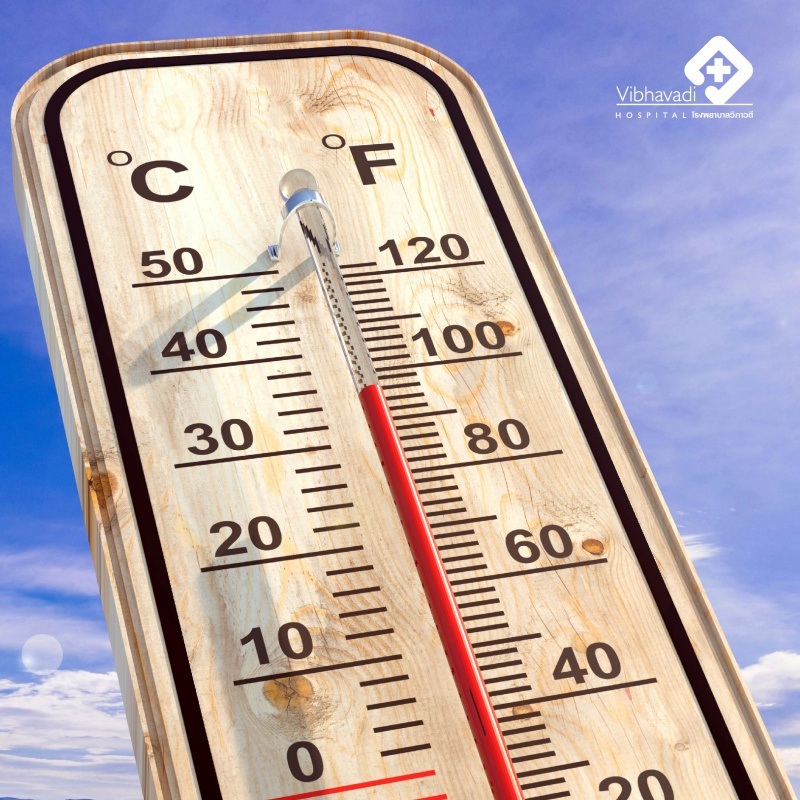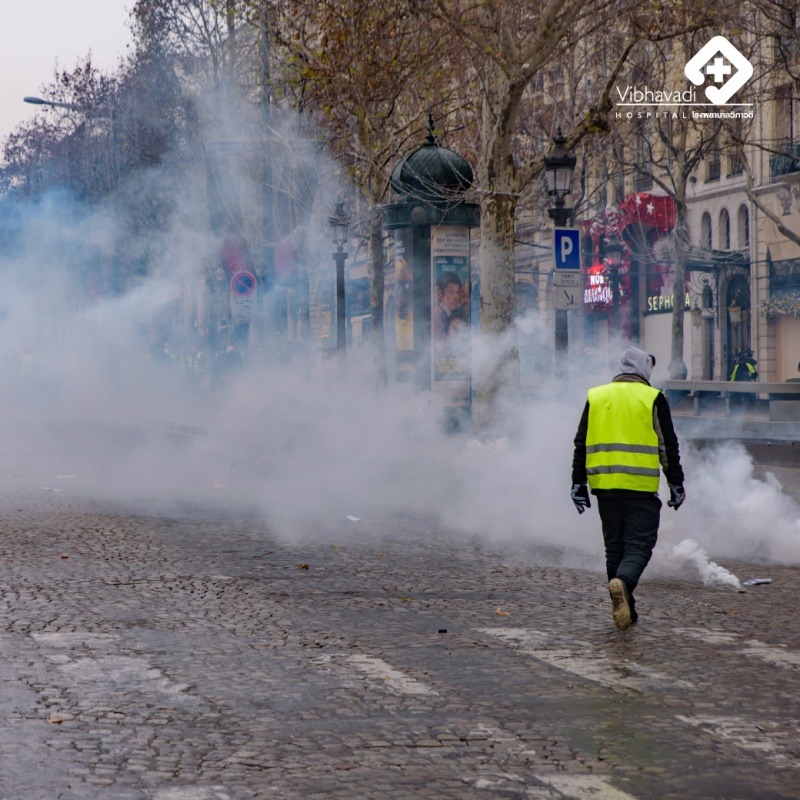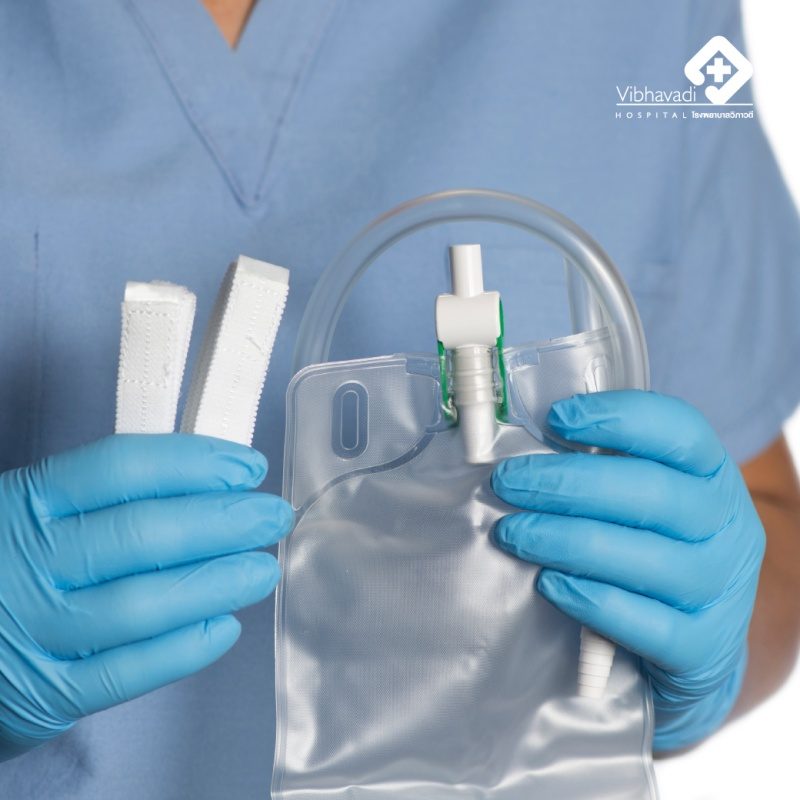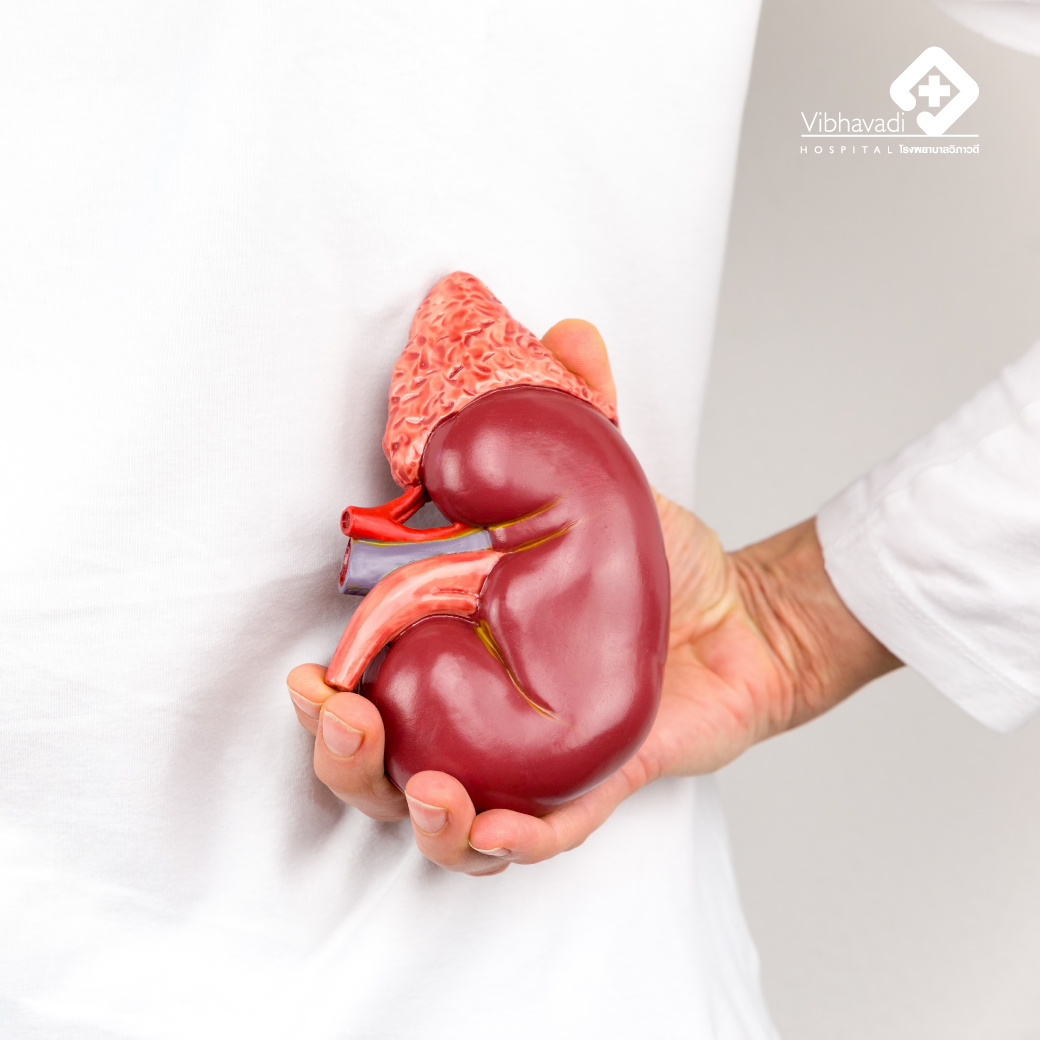Atopic Dermatitis
Atopic Dermatitis
Dr. Thanyathus Sojaiya
Dermatologist at Vibhavadi Hospital
Are you aware that there are Thai children under the age of 14, around 9-16 out of every 100 children, who have a skin condition called atopic dermatitis? Generally, about 50% of patients experience their first flare-up within the first year, and approximately 80-90% will have their first flare-up within the first 5 years. Fortunately, the severity of symptoms tends to improve as children grow older. However, about one in three patients will continue to experience symptoms into adulthood. The exact cause of this condition is not yet clear, but it is believed to have a genetic component, with approximately 50% of children with atopic dermatitis being at risk of developing asthma later in life (especially those with severe symptoms). Additionally, about 2 out of 3 patients will develop allergic rhinitis as they grow older.
The rash associated with this condition often appears symmetrically on both sides, left and right. In infants, the rash is commonly found on the cheeks, neck, and outer areas of the arms and legs. In children aged 2-3 years and older, the rash spreads to the flexural areas of the arms and legs. In adults, the rash is often found on the hands and feet, but it is usually less severe than in children.
Treatment and symptom relief:
Since the cause of the disease is still unknown and it is a chronic inflammatory skin condition, it cannot be cured at present. The treatment approach aims to manage the inflamed skin and prevent flare-ups by maintaining regular skin moisturization. It is advised to avoid hot baths as they can dry out the skin and cause more itching. Instead, gentle soaps or mildly fatty soaps should be used. After bathing, moisturizers should be applied within 3 minutes and used regularly. Clothing made of silk should be chosen, while synthetic fabrics that may trigger flare-ups, such as stress, excessive heat or cold, dust mites, or certain foods like milk, eggs, or peanuts, should be avoided.
For severe rashes, topical medications containing steroids can be used, but prolonged and continuous use should be avoided due to potential side effects such as thinning of the skin, skin fragility, or systemic effects when the medication is highly absorbed into the body. Once the rash subsides, non-steroidal medications, such as Calcineurin Inhibitors, can be used, especially in patients with mild to moderate symptoms. However, in the presence of infected pustules or yellowish crusted blisters, antibiotic ointments should be used, and it is advisable to consult a physician for proper diagnosis and treatment. Oral antihistamines may be prescribed to alleviate itching along with other symptoms.
Preventing flare-ups:
For individuals with chronic and recurrent flare-ups, the use of calcineurin inhibitors can be beneficial when symptoms and signs of allergic skin reactions, such as dry, itchy, scaly, and inflamed skin, appear. These medications can help stop or slow down the progression of atopic dermatitis and reduce or prevent flare-ups, leading to better long-term disease control.
Currently, there are new treatment options available for atopic dermatitis that do not involve steroid-based topical medications. For further information, it is recommended to consult a specialist in allergy, dermatology, or pediatric medicine.




